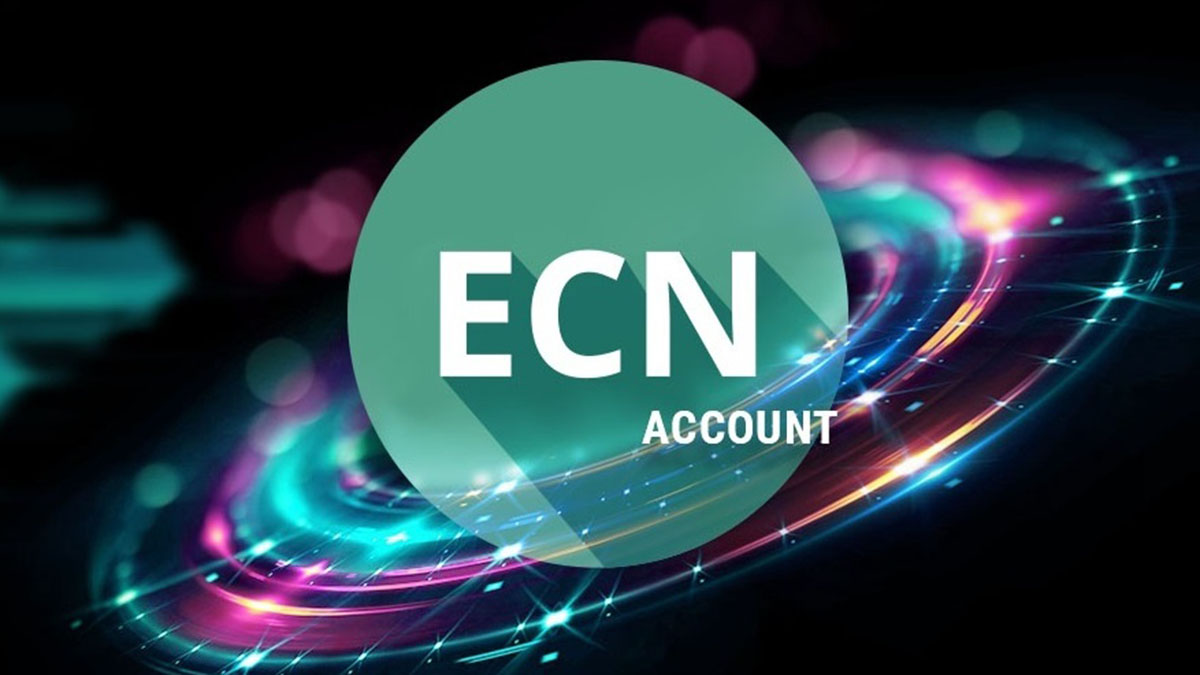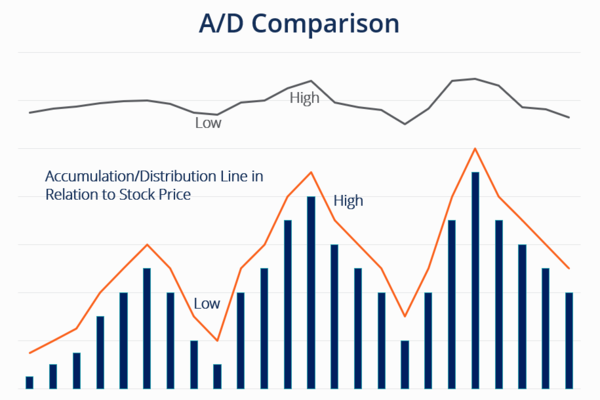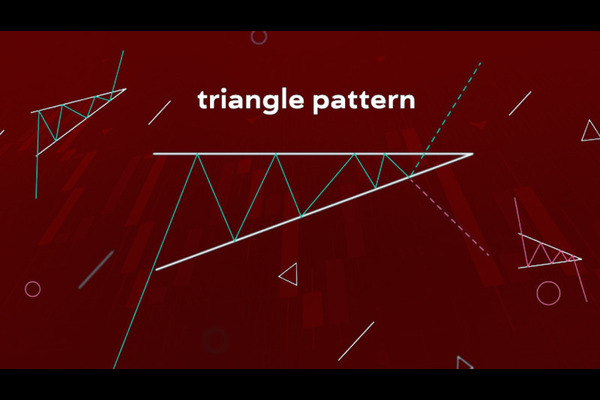Different trading platforms offer many types of trading accounts, including
low-spread accounts and standard-spread accounts. For most people, an ECN
account usually represents a low-spread account, while a straight-through
processing account (STP account) is designed to provide a fast, transparent, and
low-cost forex trading experience. Beyond that, there are higher-level accounts,
but in this article, we focus on these two types. To better understand these two
account types, investors need to understand why the platform offers them. In
fact, ECN and STP are not originally the names of accounts but rather the names
of order processing modes. The platform can adopt different modes when
processing orders, including ECN, STP, NDD, etc. The mainstream modes are STP
and ECN.

An ECN account is a type of foreign exchange trading account; its full name
is "Electronic Communication Network Account." It is a type of foreign exchange
trading account, usually known for very low spreads (spreads). The main feature
is the use of no market maker trading mode. The client's orders are passed
directly to the trading market for matching with other traders.
STP accounts are straight-through processing accounts, and similar to ECN
accounts, STP accounts also offer relatively low spreads, but their trading
models are slightly different. It is characterized by the traders through the
establishment of direct contact with the liquidity provider (LP), the customers
orders directly to the liquidity providers trading system, and the automated
way to execute and clear transactions, avoid human intervention and slip points,
improve the execution speed and efficiency of transactions, while reducing
transaction costs.
Main differences between STP accounts and ECNs
-
Trade execution method
STP Account: An STP account typically uses a broker as an intermediary to
pass trade orders to the liquidity provider for execution. Brokers can choose
which liquidity provider to send their orders to. STP accounts usually do not
involve a trading table, so orders are usually executed immediately at market
prices.
ECN Accounts: ECN accounts directly connect trading orders to the deep
liquidity of the Forex Market, allowing you to trade directly with other market
participants, including other traders, banks, and institutional investors. This
provides greater transparency and faster execution as orders are matched with
market-depth information.
-
Transaction costs
STP Accounts: STP accounts usually have a fixed or floating spread (the
difference between the bid price and the ask price), which is the main source of
profit for brokers. Spreads may be low, but they can be volatile at times.
ECN Accounts: ECN accounts usually offer very small spreads but usually
require the payment of trading commissions, which are the main source of profit
for Forex brokers. Spreads are generally more stable, while commission fees can
vary.
-
Mobility
STP Account: Liquidity for STP accounts usually comes from the brokers
liquidity provider. Liquidity may vary depending on the brokers partner.
ECN Accounts: ECN accounts generally offer greater liquidity because they are
connected to the liquidity pools of multiple liquidity providers and other
traders. This means that better transaction prices and deeper market-depth
information are often available.
-
Types of traders
STP Accounts: STP accounts are suitable for daily traders and medium- to
long-term investors who seek relatively low costs and quick execution.
ECN Accounts: ECN accounts are suitable for high-frequency traders, day
traders, and traders seeking greater liquidity and transparency.
-
Technical requirements
STP Accounts: STP accounts usually use common trading platforms such as
MetaTrader and are easier to use.
ECN Accounts: ECN accounts may require more advanced trading platforms and
technologies to better take advantage of market depth and fast execution.
Factors to consider when choosing an STP account and an ECN account
-
Trading experience
It may be easier for newcomers to get started with STP accounts, as they
often offer simpler trading conditions. Experienced traders may prefer ECN
accounts as they offer more market transparency and lower spreads.
-
Transaction frequency
For Day traders or for high-frequency trading, ECN accounts may be better
suited as they typically offer faster execution and lower spreads.
-
Capital scale
ECN accounts typically require larger starting capital because they may
involve paying commissions and have a higher risk, and STP accounts generally
require less capital.
-
Trading style
Trading styles can also influence choice, and if investors prefer to invest
for the long term or escape market volatility, an STP account may be more
appropriate. If you prefer short-term volatility and fast trading, an ECN
account may be more suitable.
How to choose an STP account and an ECN account
When choosing a trading account, many people prefer to choose a low-spread
account because it is usually more transparent. Investors can find this type of
account on different trading platforms or need to meet a certain deposit
threshold. But the low-spread account is not absolutely good or absolutely bad;
it is just one of the options, and investors need to balance it according to
their own needs and circumstances.
The STP model is actually a way for a platform to match customer orders with
quotes from a bank or LP (liquidity provider) after obtaining them. This means
that orders are matched quickly with banks, so execution is very fast. ECN
accounts, on the other hand, use more internal matchmaking, that is, matchmaking
within the platform. This means that when two traders open a position on the
same trade pair, their orders are hedged against each other to ensure that the
difference between floating gains and losses is minimal. As a result, ECN
accounts typically have lower spreads because they do not involve the same costs
as STP models.
Even ECN accounts can have slip-point issues, especially if the market is
volatile or there are clear trends. Because most of the orders in the market are
multiple orders rather than short orders, this may result in insufficient orders
to hedge. This makes ECN accounts more prone to slippage in these situations and
may even have a slower approach at times, resulting in missed opportunities.
In contrast, STP accounts typically have fewer slippage points when the
market is volatile. There are pros and cons for investors to choosing different
account types based on their individual trading style and needs. In the case of
normal manual trading, the profit is mainly determined by the technology and the
points caught and is less affected by the type of account.
Comparison of the STP account and the ECN account
| Feature |
STP Account |
ECN Account |
| Trading Execution |
Orders transmitted to liquidity providers through brokers |
Direct connection to the forex market's depth of liquidity |
| Trading Costs |
Fixed or variable spreads |
Small spreads + commission fees |
| Liquidity |
Liquidity provided by broker's liquidity providers |
Access to multiple liquidity providers and a pool of other traders' liquidity |
| Suitable Trader Types |
Casual traders and medium-term investors |
High-frequency traders and day traders |
| Technical Requirements |
Common trading platforms like MetaTrader |
Advanced trading platforms and technology |
| Trading Frequency |
Typically regular trading frequency |
High-frequency trading |
| Initial Capital |
Relatively lower capital |
Requires more substantial capital |
| Trading Style |
Long-term investments or avoiding market volatility |
Short-term volatility and quick trading |
The choice of account depends on the investor's trading style and
preferences, and while ECN accounts may be more advantageous in terms of
spreads, they are not suitable for every trading strategy. STP accounts are
still preferred by many investors because they are easier to operate and do not
have frequent slip-point issues. When choosing an account type, the most
important thing is to consider your trading style and needs, rather than simply
pursuing a low spread. Different account types are suitable for different
situations, so make an informed choice based on your situation.
Disclaimer: This material is for general information purposes only and is not intended as (and should not be considered to be) financial, investment or other advice on which reliance should be placed. No opinion given in the material constitutes a recommendation by EBC or the author that any particular investment, security, transaction or investment strategy is suitable for any specific person.







